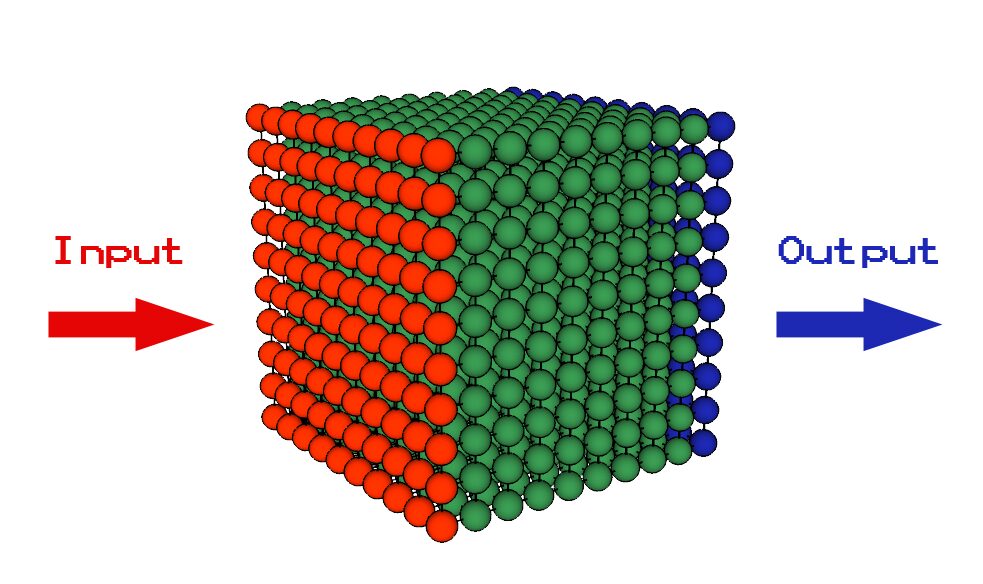
Machine Learning to Study lubricants
Machine Learning to Study lubricants – A Japanese university research group proposed a method combining machine learning and molecular dynamics calculations to evaluate the frictional properties of extremely confined lubricants with low shear velocities.
The researchers said it could lead to clearer understanding of friction and lubrication dynamics in a wide range of system –and therefore to more effective lubrication.
The group of professors and students at Keio University’s Sendai National College of Technology said it is already known that friction characteristics change depending on the operating speed of mechanical parts but that it has proven difficult to comprehensively evaluate such characteristics from the viewpoint of molecular dynamics for lubricants with very different molecular structures.
The researchers noted that lubricants at confined interfaces of mechanical components are exposed to high shear rates and pressures that this can significantly alter behavior compared to elsewhere in the system. Computational approaches –such as nonequilibrium molecular dynamic simulations –have been used to probe lubricants molecular behavior, they explained, but the low-shear-velocity regions of the materials have rarely been simulated because of the high cost of calculations necessary to do so. In addition, molecular dynamics under shear velocities comparable with those in the experiments are not clearly understood.
In their research, the group performed nonequilibriumdynamics simulations on four types of lubes in extremely confined conditions –lubricant layers just two molecules thick, confined in mica walls, under shear velocities ranging from 0.001 to 1 m/s.
“While we confirmed shear thinning, the velocity profilescould not show the flow behavior when the shear velocity was much slower than thermal fluctuations,” they noted. “Therefore, we used an unsupervised machine learning approach to detect molecular movements that contribute to shear thinning.”
First, they said, they extracted the simple features of molecular movements from large amounts of molecular dynamics data, which were found to correlate with effective viscosity. Subsequently, researchers interpreted the extracted features by examining the trajectories contributing to the features.
“The magnitude of diffusion corresponded to the viscosity, and the location of slips that varied depending on the spherical and chain lubricants was irrelevant,” they wrote.
The group also performed molecular dynamics calculations of lubricants under conditions that reproduce the contact surfaces of mechanical parts and use unsupervised mechanics. The group explained that supervised machine learning, which is most often used, generally predicts new input values by learning the correspondence between input values and correct data. In contrast, unsupervised machine learning performs the desired task based on input values only. An example is simplistic feature extraction from complex data. “In this research, we have extracted features that simplify the complex kinematic data of lubricants,” they said.
The group claimed its method enables easy and comprehensive evaluation of the properties of various lubricants and is expected to contribute to a wide range of industries that use lubricants. In particular, it plans to proceed with research aimed at practical application, including evaluating changes in friction characteristics due to the addition of lubricant additives.
Their research paper’s title is “Combining Molecular Dynamics and Machine Learning to Analyze Shear Thinning for Alkane and Globular Lubricants in the Low Shear Regime.” It was published earlier this year in the international journal, ACS Applied Materials & Interfaces.






















